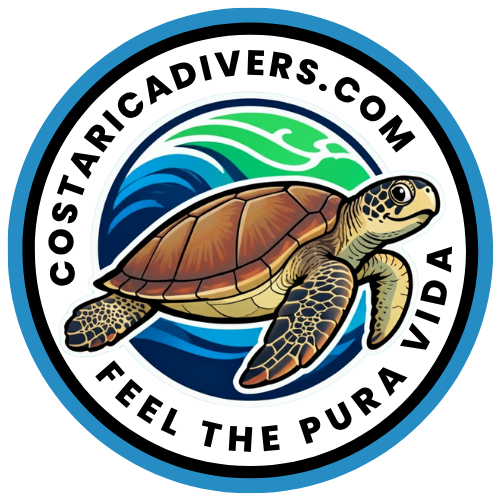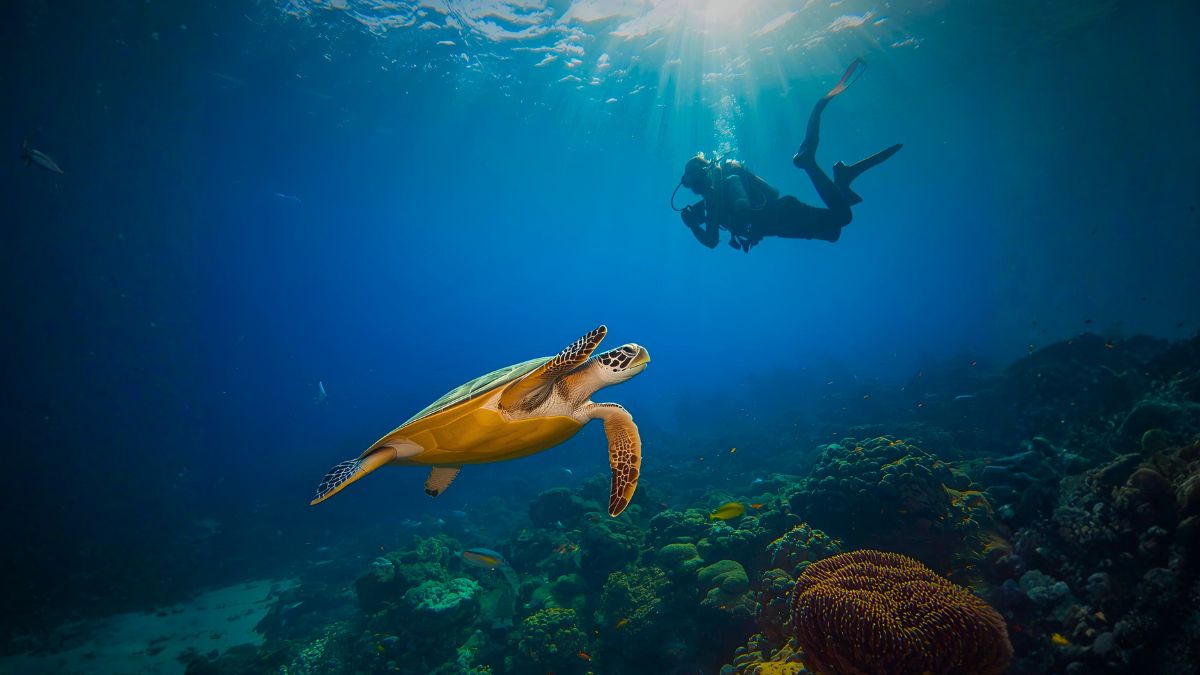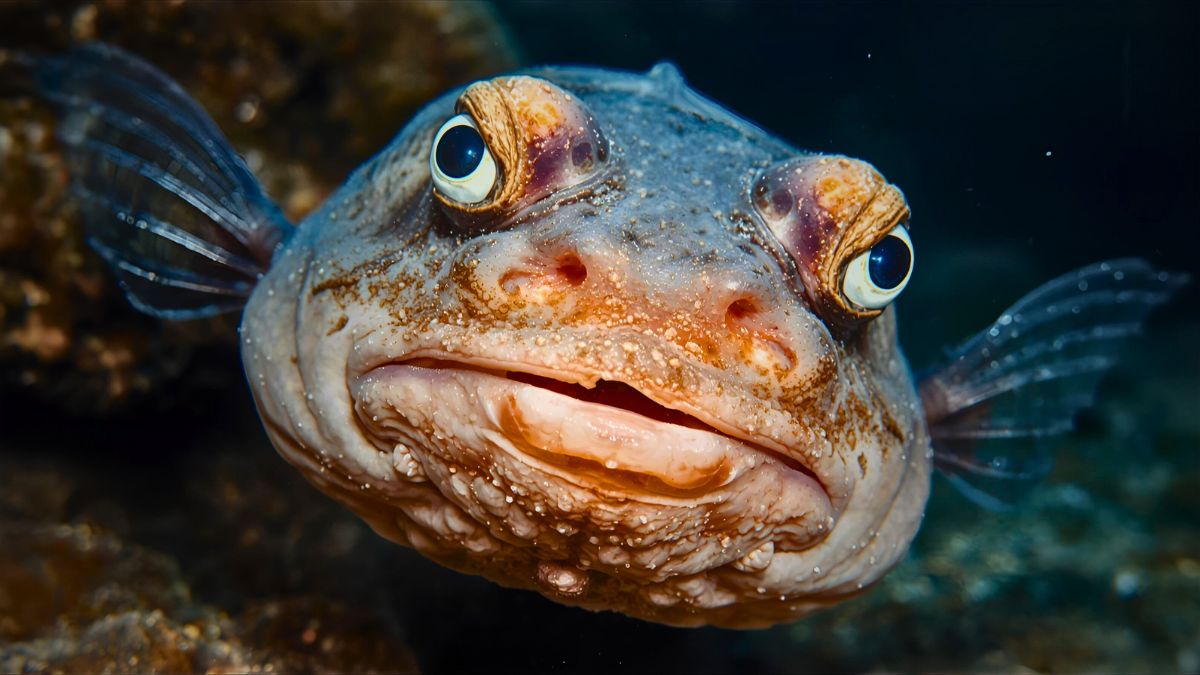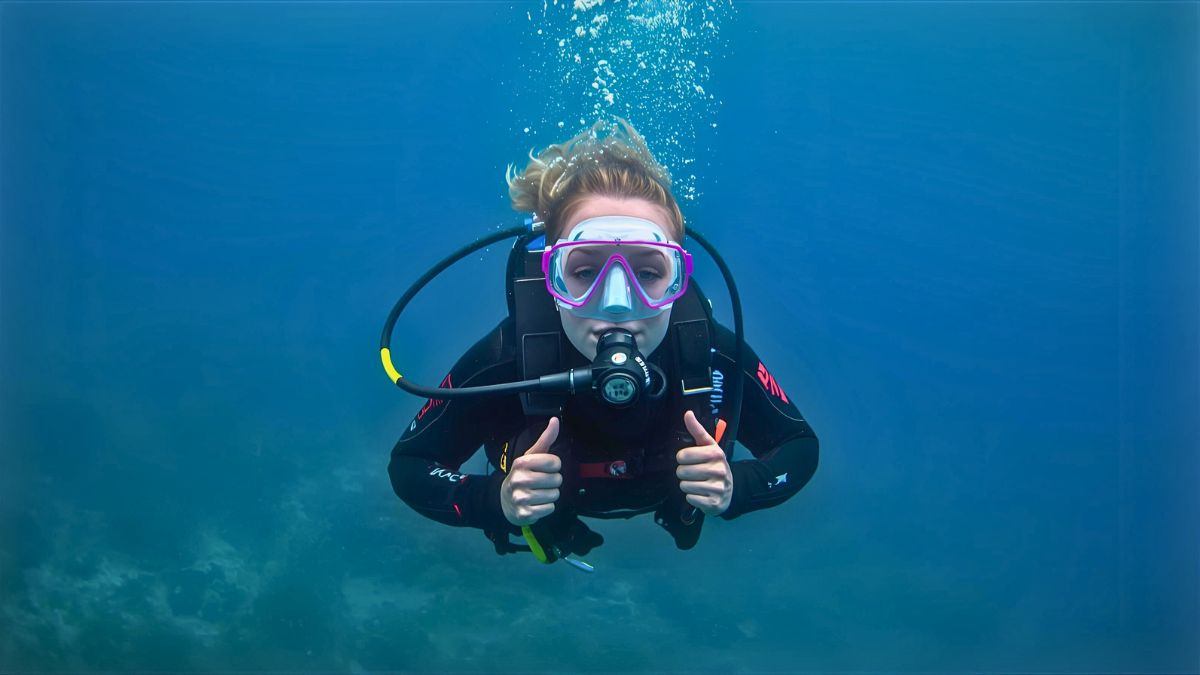Asking about the cost of scuba diving is probably the smartest question you can ask before jumping in. I remember sitting at my computer years ago, scrolling through price lists and thinking “Can I actually afford this?”
The honest answer? Yeah, diving costs money. But it doesn’t have to wreck your budget if you’re smart about it.
I’m going to walk you through every cost you’ll hit as a beginner diver. Certification. Gear. Dive trips. All of it. More importantly, I’ll show you where you can save money and where you absolutely shouldn’t.
Let’s break down the numbers.
Cost of Scuba Diving Certification
First things first. You need to get certified.
Don’t even think about diving without proper training. I’ve seen people ask if they can “just try it” after watching some YouTube videos. That’s not brave, that’s stupid. You need real instruction from an authorized instructor who’ll teach you the physics, the safety stuff, and what to do when things go wrong underwater.
So what’s it gonna cost you?
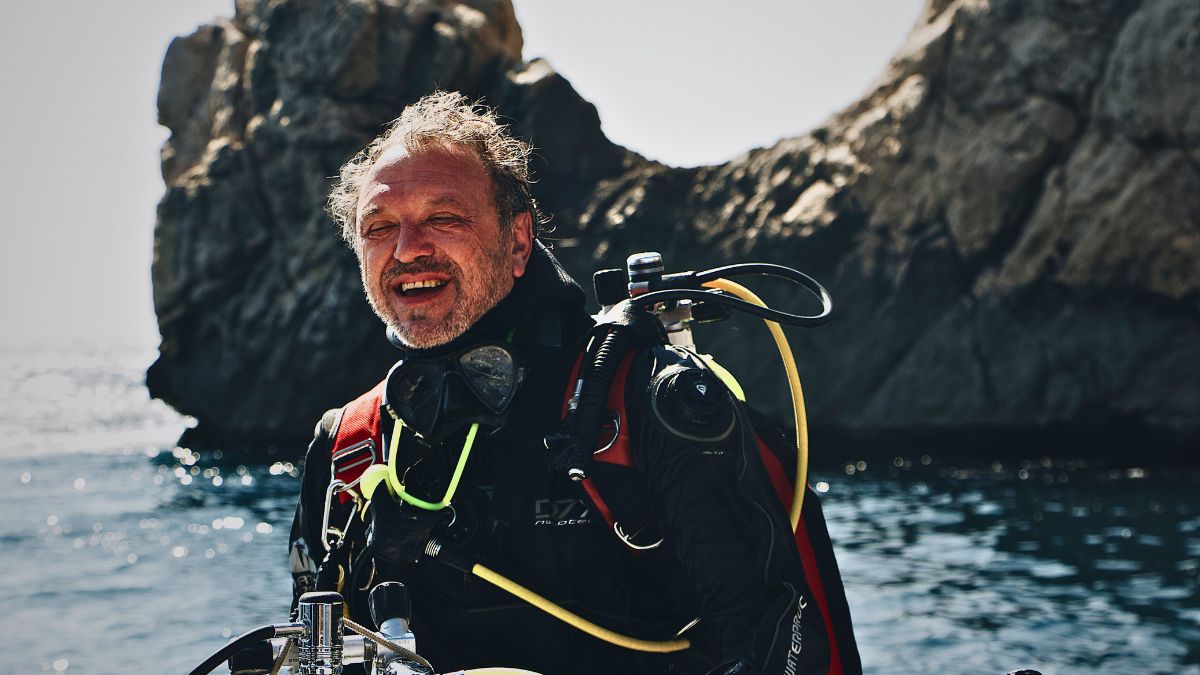
Most Open Water certification courses run between $350 and $650. That covers your theory work, pool time, and four open water certification dives.
Now here’s the thing. You’ll see courses advertised for $99 or $199 online. I looked into these when I started. Almost always, there’s a catch. They don’t include course materials. Or equipment rental. Or the certification card fee. Sometimes they skip pool rental or boat fees for open water dives. By the time you add everything up, you’re paying more than the “expensive” course down the street.
When I got certified, I paid around $500 for a mid-range option. My instructor knew his stuff, the course was thorough, and I felt ready to dive on my own afterward. Worth every penny.
Did you know? Your scuba certification doesn’t expire. Ever. Unlike your driver’s license or passport, once you’re certified, that’s it. You’ve got lifetime access to the underwater world for one payment.
What’s Actually Included in Your Certification Course
Here’s what a standard Open Water course should include:
Theory learning: Most courses now use online platforms where you work through the academic stuff at home. PADI’s eLearning typically costs $150-200 if you buy it separately, but a lot of dive centers roll it into the course price.
Pool sessions: This is where you learn the actual skills. How to clear your mask underwater. How to control your buoyancy. What to do if your regulator gets knocked out of your mouth. You’ll probably do 5-6 pool sessions.
Practical diving classes
Open water dives: The final test. Four dives in real conditions – ocean, lake, wherever. You show your instructor you’ve got the skills down.
Equipment rental: Most courses let you use their gear for training. If not, add $50-100 to your budget.
Certification card: That plastic card that proves you’re legit. Some agencies charge extra ($30-50), others don’t.
Before you sign up anywhere, ask this simple question: “What’s included in that price?” Make them spell it out. Here in Costa Rica, we include everything in our course price. No surprises when you show up.
Cost of Scuba Diving Equipment
After you’re certified, you’ve got to decide what gear to buy. This is where a lot of beginners get overwhelmed and make expensive mistakes.
Here’s the good news. You don’t need to buy everything right away.
Essential Beginner Gear
Start with the personal stuff:
Dive mask: You need one that fits your face properly. A bad scuba diving mask will flood constantly and ruin your dives. Budget $40-150 for something decent. Don’t cheap out here.
Snorkel: Pretty straightforward. $20-60.
Fins: Good fins make a huge difference underwater. Plan on $90-250. Get the open-heel kind with boots – way more versatile.
Boots: Protect your feet and make your fins fit right. $30-100.
Total: $200-400 for basic personal gear
This stuff is compact enough to travel with. I bought my mask, fins, and snorkel before my first dive trip and I’m still using that same mask. Five years later.
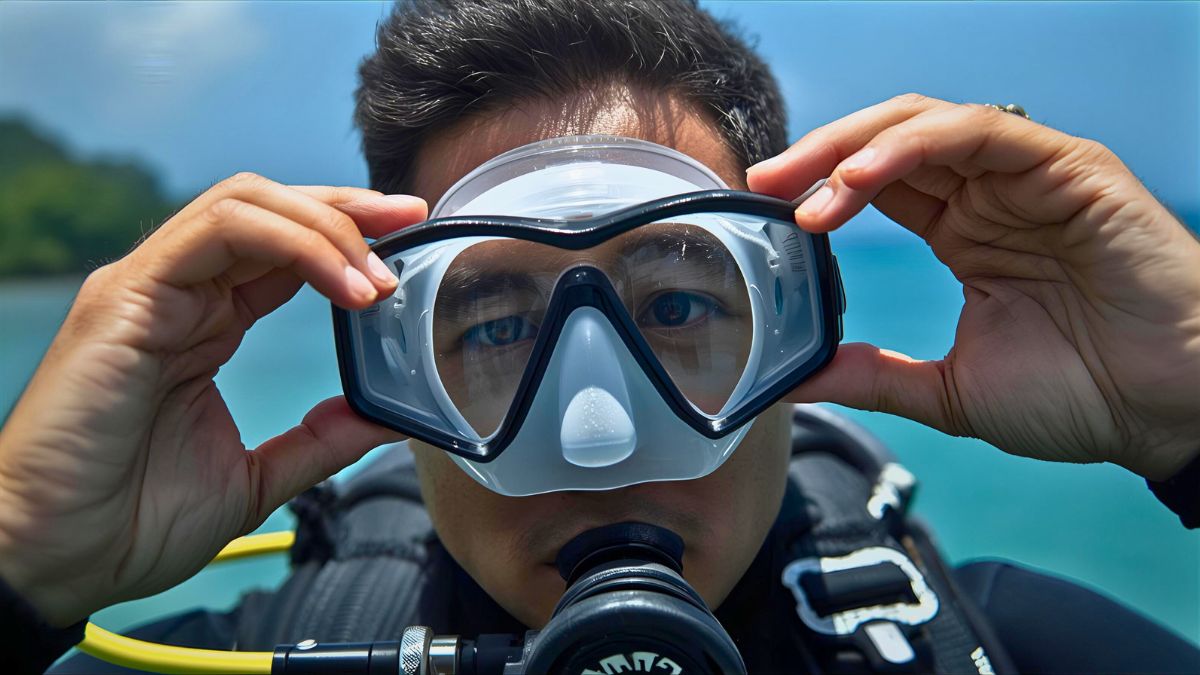
Full Equipment Setup
If you’re serious about diving, eventually you’ll want the complete setup:
BCD (Buoyancy Control Device): That vest thing that controls whether you go up or down. Quality ones run $300-700.
Regulator: This delivers air from your tank to your lungs. It’s literally your life support. Don’t mess around here. Good regulators cost $400-800.
Dive computer: Tracks your depth, time, nitrogen levels. Entry models start around $200-300. Advanced ones can hit $1,000+. Check out our beginner’s guide to dive computers if you’re confused about which one to get.
Wetsuit: Depends on where you’re diving. For tropical water, a 3mm suit costs $150-300. Cold water needs 5-7mm at $300-500.
Total for everything: $1,500-3,000+
Yeah, that’s real money. But here’s something to keep in mind – quality gear lasts 10-15 years if you take care of it.
Fun fact: Most divers break even on their equipment after 20-30 dive days because they’re not paying rental fees anymore. If you dive a lot, buying your own gear actually saves you money.
Should You Buy or Rent Scuba Equipment?
This depends on how often you’ll dive.
Rent if:
- You’re still figuring out if diving’s your thing
- You only dive a few times a year
- You travel to different places and don’t want to haul gear
- You want to test different equipment before buying
Buy if:
- You dive locally all the time
- You’ve found gear that fits perfectly
- You want your own equipment for hygiene reasons
- You’re committed for the long haul
Rentals usually cost $25-50 per day for a full setup. Quick math: at $35/day, you break even with purchased gear after about 30-40 dives. If you’re planning to dive regularly for years, buying makes sense financially.
I rented for my first 15 dives. Got to try different BCDs and regulators before I committed. When I finally bought my own setup, I knew exactly what worked for me.
Ongoing Diving Costs: What Each Dive Costs
Once you’re certified and have gear, what does it actually cost to go diving?
Two-tank boat dives are the standard. Here’s what they typically run:
- Caribbean/Central America: $75-130 per trip
- Southeast Asia: $40-80 per trip
- Red Sea/Egypt: $50-90 per trip
- United States/Europe: $100-150+ per trip
Here in Costa Rica, trips to spots like Isla del Cano cost $100-140 for two dives, equipment included, plus lunch. Pretty competitive for world-class diving.
Shore diving can be dirt cheap or even free. Lots of coastal spots have great shore diving where you just pay parking ($5-15) and tank fills ($5-10). Some of my best dives have been walking straight off the beach.
Gear rental: If you don’t own equipment, add $25-50/day.
Tank fills: If you own tanks, fills run $5-15 depending on what you’re filling them with.

Hidden Costs Nobody Tells Beginners About
There’s more to budget for:
Dive insurance: You really should have this. Covers medical emergencies and hyperbaric chamber treatments. Annual policies cost $100-300, or grab short-term coverage for $50-100 per trip.
Gear maintenance: Regulators need servicing once a year. That’s $50-100. BCDs and wetsuits need repairs occasionally.
More training: Most divers eventually want specialty courses. Night diving, deep diving, nitrox. These run $150-400 each.
Travel costs: Flights, hotels, ground transport, food. Factor this in if you’re traveling to dive.
Tips: In most places, you tip your divemaster and boat crew. Budget $5-20/day depending on where you are.
Park fees: Some marine parks charge entrance fees. In Costa Rica, we include these in our tour prices, but that’s not universal.
Is Scuba Diving Expensive? The Honest Truth
Okay, let’s be real. Diving isn’t cheap. Getting started will cost you $600-800 (certification plus basic gear). Want complete equipment? Add another $1,500-2,500.
But here’s what nobody told me when I was starting out, and I wish they had:
Compare it to other sports people do.
Skiing? Season pass is $500-1,500. Gear costs $800-2,000. Lift tickets on trips run $80-150/day. Most skiers drop $2,000-5,000 per season.
Golf? Club memberships hit $1,000-10,000 yearly. Equipment runs $1,000-3,000. Greens fees are $50-200 per round.
Photography? Camera body: $1,500-6,000. Each lens: $500-3,000. Then accessories, software, the list goes on.
Suddenly diving doesn’t look that crazy, right?
Plus your certification never expires. Your equipment lasts years. The cost per dive drops every time you go underwater.
I did the math on my own diving after three years. Total spend: about $3,500 (certification, full equipment, 40+ dives). That works out to roughly $85 per dive, and it keeps getting cheaper. The stuff I’ve seen though – manta rays, shipwrecks, moments that remind you why being a diver is incredible – you can’t put a price on that.
Did you know? Costa Rica got rid of its military back in 1949 and spent that money on education, healthcare, and protecting the environment instead. That decision turned the country into one of the best dive destinations on the planet, with protected marine reserves everywhere.
How to Make Scuba Diving More Affordable
Working with a tight budget? Here’s what works:
Start small. Just buy mask, fins, snorkel, and boots ($200-400). Rent everything else until you’re sure this is your thing.
Dive local first. Tons of places have great diving nearby for way less than tropical resorts. Build your skills close to home.
Watch for packages. Dive centers often have multi-dive deals or certification bundles that cut your per-dive cost.
How to save money on diving?
Buy used gear. Dive shops sell used equipment at 40-60% off. Just make sure any used regulator gets professionally serviced before you use it.
Go off-season. Prices drop during shoulder seasons, and you’ll have dive sites practically to yourself.
Join a club. Dive clubs negotiate group rates and organize cheap trips.
Get certified somewhere affordable. Training in Costa Rica, Southeast Asia, or Central America costs less than in big Western cities, and you’re diving in amazing locations while you learn.
Don’t compromise on: Training quality and your regulator. These affect your safety directly. Buy the best regulator you can afford. Pick instructors with solid reviews, not the cheapest course you can find.
When I started out broke, I bought personal gear and rented the rest. Dove at local lakes and coastal spots. After a year, I’d built up confidence and saved enough for complete equipment. There’s zero shame in taking it slow.
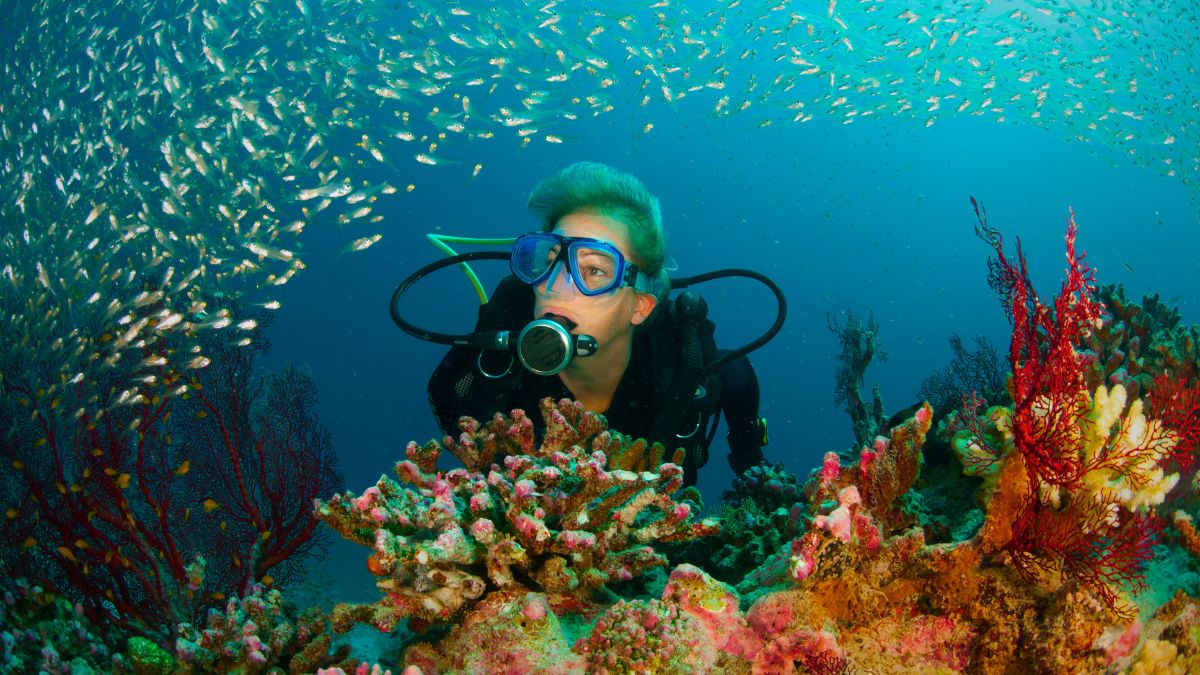
Cost of Scuba Diving: Bottom Line
Here’s what you need to know:
To get started: $600-800 total. That’s $350-650 for certification plus $200-400 for basic personal gear.
For complete equipment: Another $1,500-2,500.
Per dive after that: $75-150 for boat dives (location-dependent), or as little as $10-20 for shore diving if you own gear.
Yearly costs: Depends how much you dive. Local divers might spend $500-1,000/year. Travel divers might hit $2,000-5,000/year.
Yeah, diving costs money. But it’s manageable money that gives you access to 70% of the planet most people never see. The skills last forever. Quality gear serves you for over a decade. The memories are irreplaceable.
My advice? Start with certification. Find a good dive center and take a quality course. If you love it (you probably will), build your gear collection slowly. Focus on experiences, not collecting equipment.
Ready to start? Check out our PADI certification courses here in Costa Rica. We’ve got competitive pricing, incredible dive sites, and instructors who care about your safety and confidence. Tight budget or ready to go all-in, we’ll get you diving.
Because here’s the thing. The cost of scuba diving isn’t really about the money. It’s about what you’re investing in – yourself, experiences you can’t get anywhere else, and a connection to the ocean that changes how you see the world.
That’s worth way more than any price tag.
Sources used in writing this blog
- PADI Official Certification Standards – Professional Association of Diving Instructors course requirements
- Divers Alert Network (DAN) – Dive insurance and safety information
- 15+ years of experience teaching beginner divers
